This time we presented the mementos of the Didyk family. Our guest was Grażyna Matuszyńska-Kuszyk, granddaughter of Stefan Didyk, murdered in Kiev.

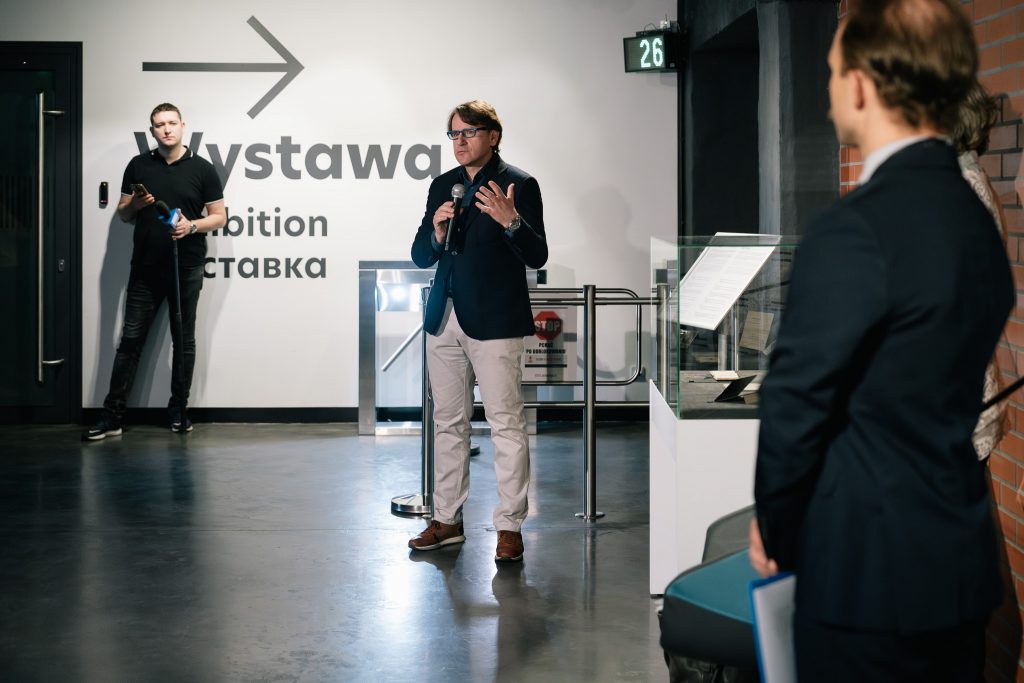
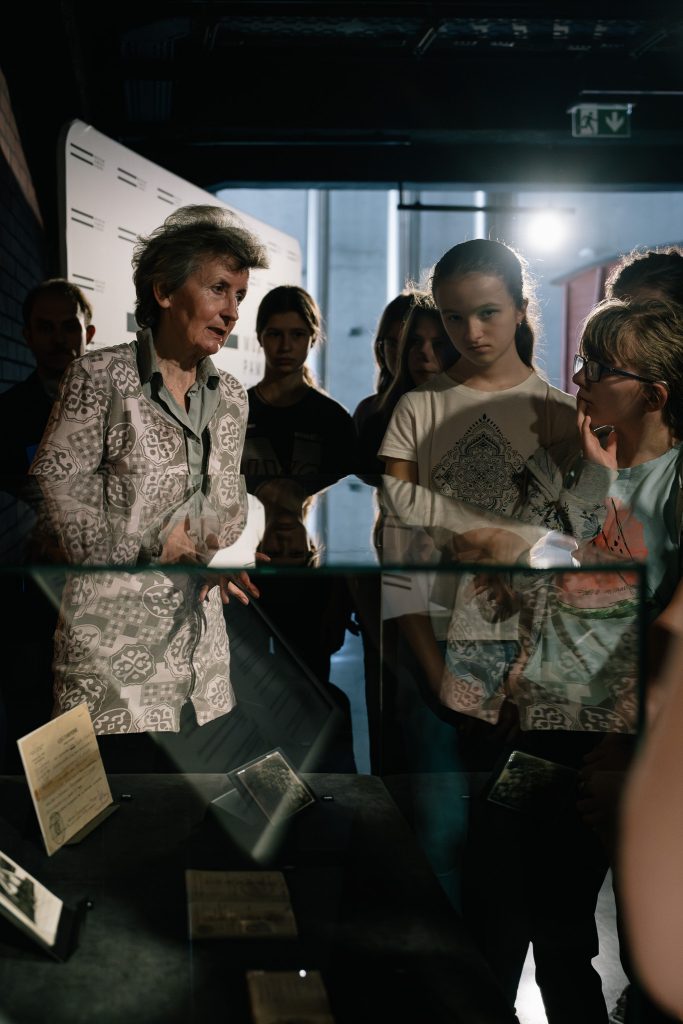
— April is the month in which we celebrate another, 84th anniversary of the Katyn Massacre, when Polish officers and officials were murdered in Soviet places of execution. At the same time, as the Polish elite fell victim to the crime, their families — mothers and children — were transported under the cruelest conditions to distant Siberia. That is why the memorabilia displayed this month refer to these tragic events — said Professor Wojciech Śleszyński during the presentation, director of the Sybir Memorial Museum.
What is the story behind the family mementos?
On March 21, 1940, NKVD officers came to the house of Stefan Didyk — a member of the underground, local postman and former member of the Polish Military Organization — and arrested him. At that time, the house was home to, among others: Stefan’s wife — our guest’s grandmother — Maria with two daughters — one of them, Ada, is Mrs. Grażyna’s mother.
— My grandfather wanted to escape through the window, but it turned out that the house was surrounded. The last words of my grandfather that my mother remembered were: Girls, don’t cry, I will come back. As it later turned out, grandfather never came back… — said Grażyna Matuszyńska-Kuszyk during the Wednesday’s meeting.
After his arrest, Stefan Didyk was imprisoned and then murdered in Kiev with a shot in the back of the head.
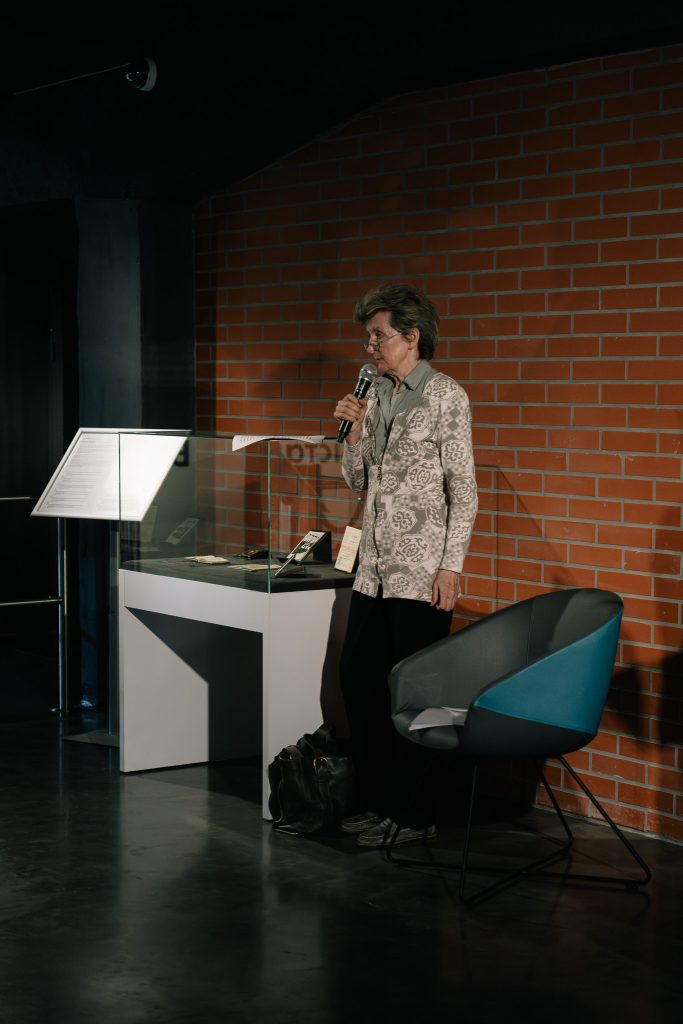
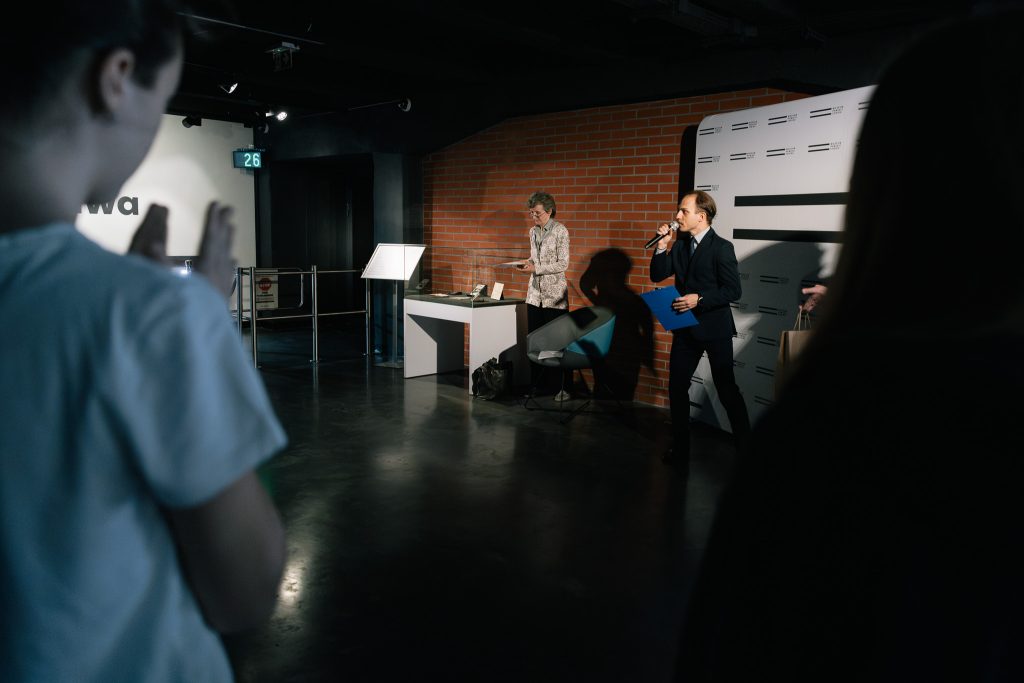
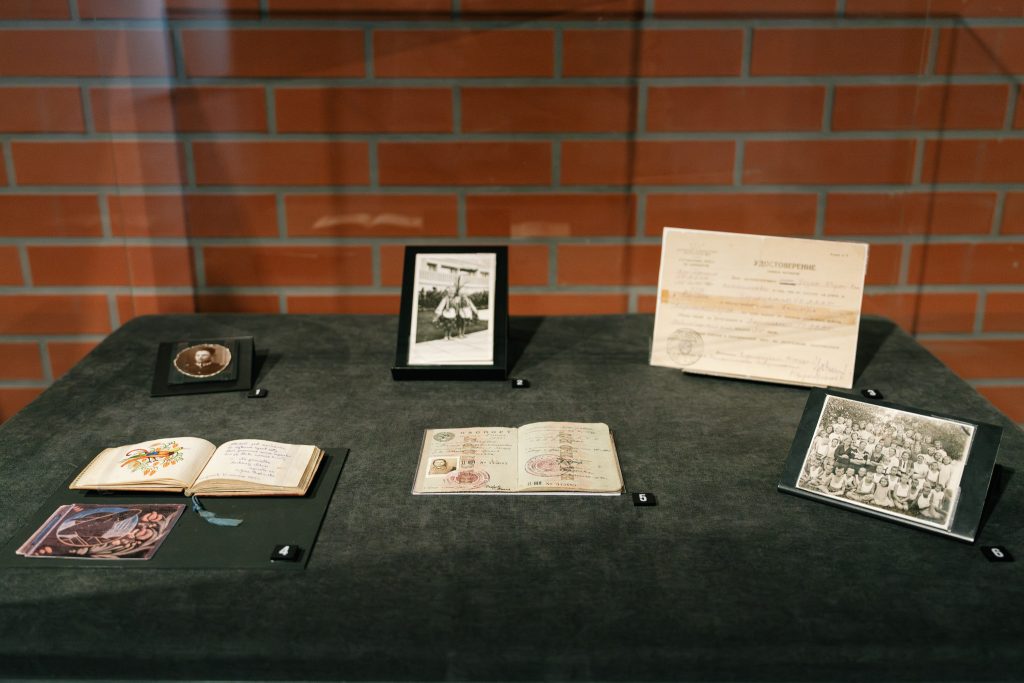
At that time, Maria and her daughters, ten-year-old Łucja and eight-year-old Ada, escaped from Lviv to their family. After a few months, in June, they returned home and were deported in the same month.
— After the NKVD burst into the house, my grandmother Maria lost consciousness, she probably had a heart attack. Fortunately, there was a concierge, on the arrest, who helped the family pack up. The items were wrapped in sheets. Grandma regained consciousness on the train. I know from reports that these wagons were extremely crowded and there was a hole in the floor as a toilet. The ride lasted about five weeks. The train stopped every few days. At that time, the bodies were thrown away and one or two people were allowed to go out with a bucket to get water — Ms. Grażyna recalled during the meeting.
The women initially ended up by the Irtysh River. However, their stay in this place was short, about three months. Then they were transported, this time by barge, to the taiga.
— Grandma, even though she was sick, worked very hard. She had to work otherwise she wouldn’t get food. The children also didn’t stay at home — they had to collect wood — Mrs. Grażyna told about exile.
In 1943, Maria was released from her job in the woods and ended up near Tomsk, where she worked in a factory. She died after three months of stay.
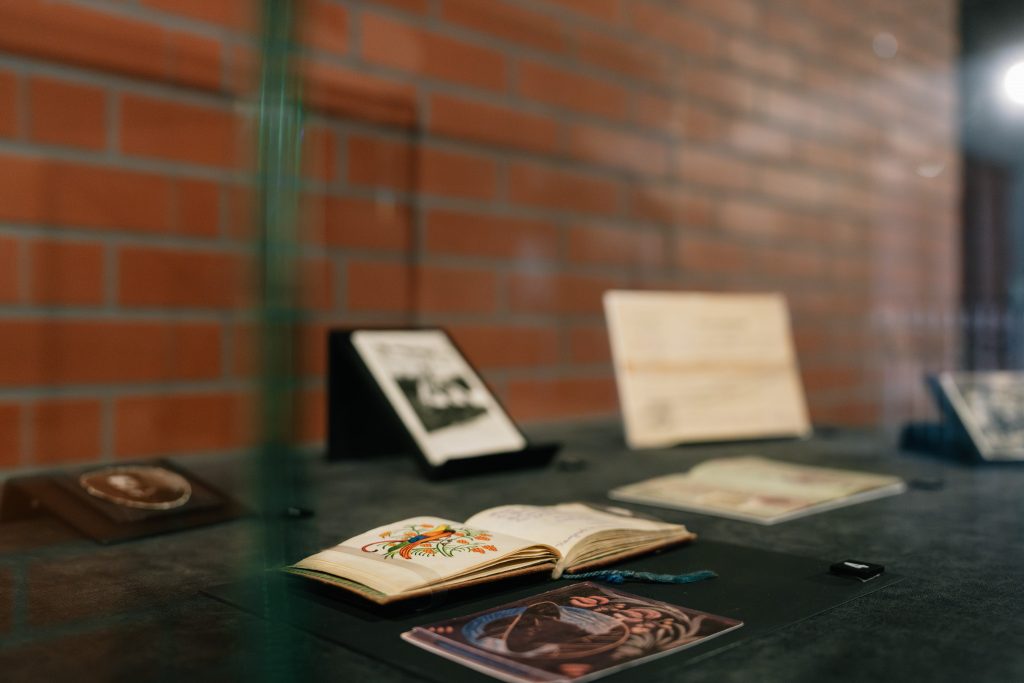
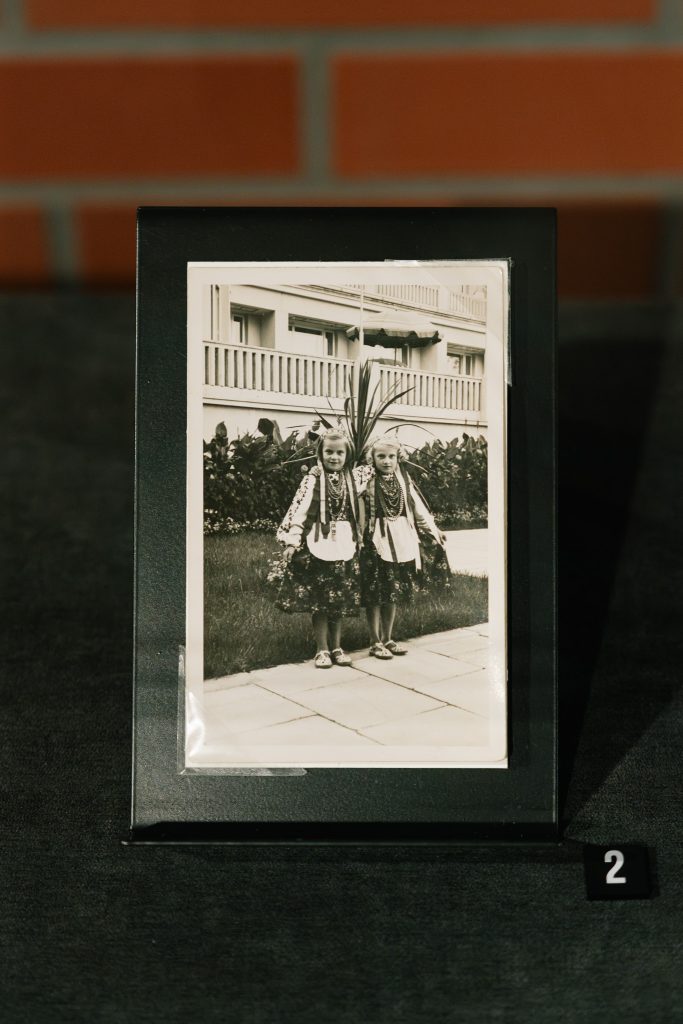
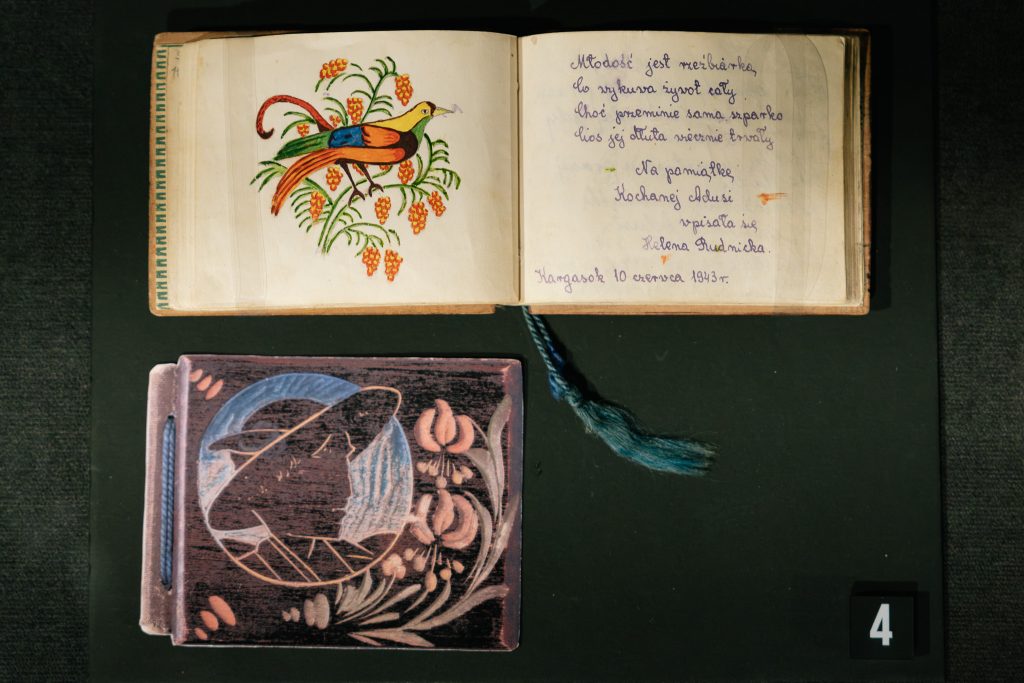
— It was January. Temperatures dropped to -50 degrees C. Grandma was packed in a box made of boards and buried near the forest — Ms. Grażyna recalled.
Shortly after Maria’s death, her daughters were sent to a Soviet orphanage in Tomsk. In June 1945, they were transferred to a facility located in Afipsky (Krasnodar Krai), and in April the following year they were repatriated to Poland. Then they went to an orphanage in Sikorów near Inowrocław, and after a few months to their father’s family.
Mrs. Grażyna’s family history is complemented by numerous mementos, including: photos or mother’s diary. Some of them were handed over to the Sybir Memorial Museum.
— I believe that such mementos should be given to a museum! This is very important because I think it is a lesson for future generations — said our guest summing up the meeting.
Mementos of the Didyk family can be seen until mid-May. They are located right in front of the entrance to the permanent exhibition of the Sybir Memorial Museum.










